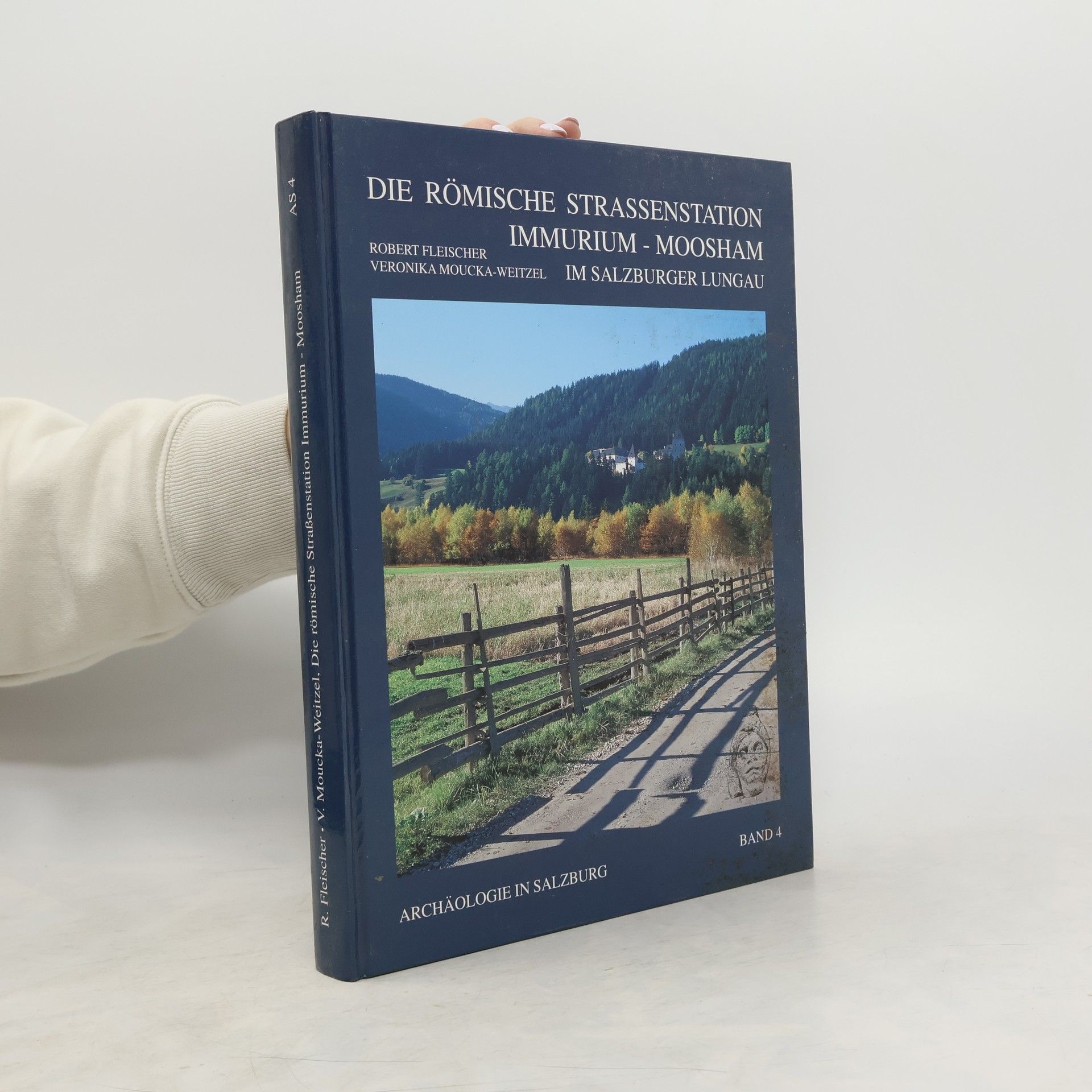Seit Jahrzehnten beschäftigt die Frage nach dem intelligenten Leben jenseits unseres Planeten die Menschheit. Nun sind wir der Antwort so nah wie noch nie. Der Journalist Robert Fleischer präsentiert in diesem Buch die Ergebnisse seiner 16-jährigen Recherchen: UFOs sind nicht nur real, sondern stellen weltweit eine Herausforderung für Militärs und Geheimdienste dar. Vieles deutet darauf hin, dass eine nicht-menschliche Intelligenz dahintersteckt, die sich offenbar gezielt für ganz bestimmte Standorte auf der Erde interessiert und ein spezielles Motiv verfolgt. Dabei ist völlig unbekannt, ob es sich um Außerirdische handelt. Die Wahrheit könnte weitaus komplexer sein und unsere Vorstellung von Realität auf den Kopf stellen.
Robert Fleischer Book order
January 16, 1941

